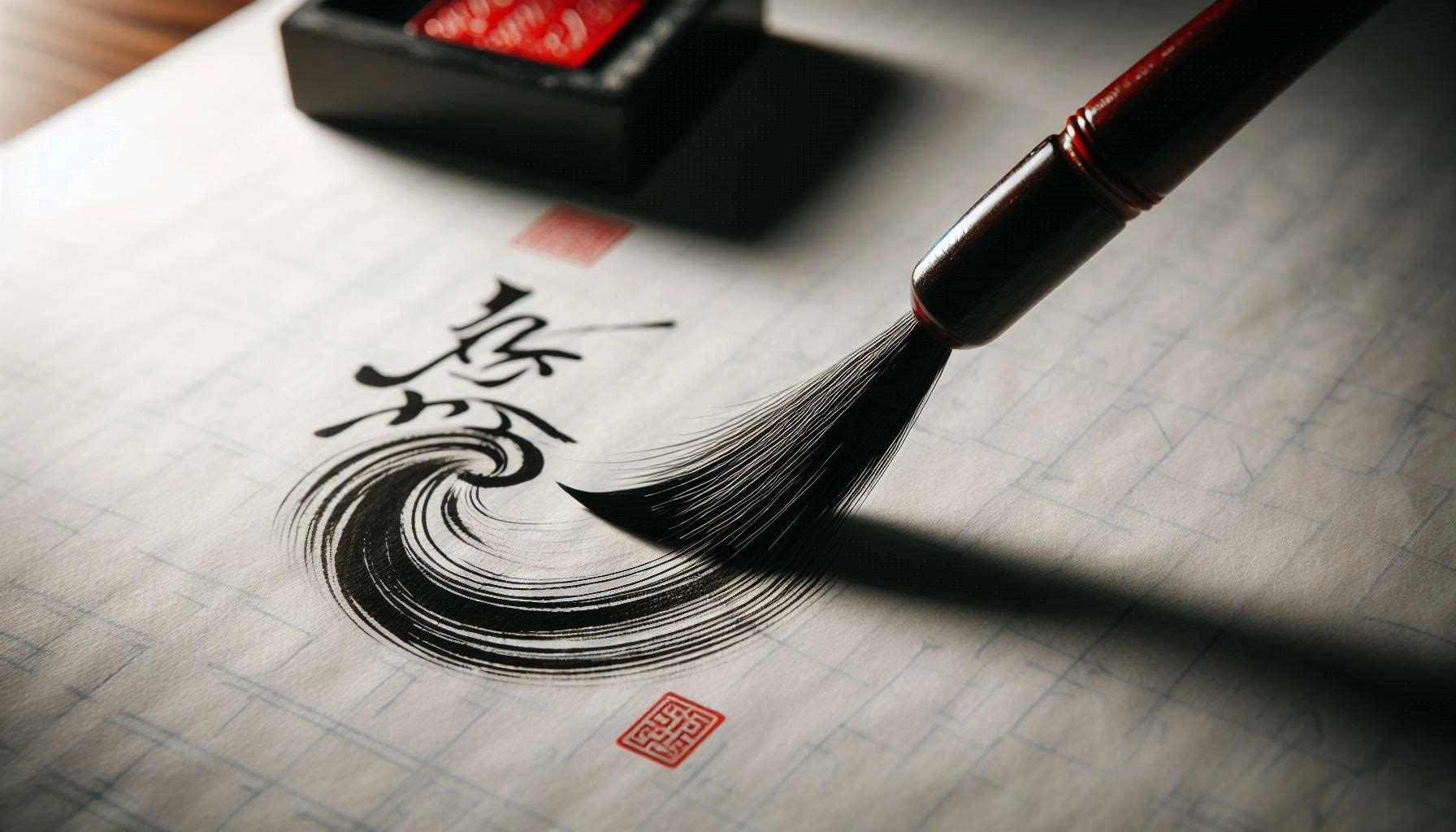As you embark on your journey to master the Chinese language and prepare for the HSK exam, one crucial aspect often overlooked is the importance of stroke order in Chinese character writing. While it may seem like a minor detail, mastering the correct stroke order can significantly impact your overall Chinese language proficiency and HSK performance.

Why Stroke Order Matters for HSK Preparation
- Enhanced Character Recognition
Learning the correct stroke order helps you recognize and remember Chinese characters more effectively. This skill is invaluable when tackling the reading and writing sections of the HSK exam. By understanding how characters are constructed, you'll be able to identify similar components across different characters, making it easier to learn and recall new vocabulary.
- Improved Writing Speed and Accuracy
As you progress through the HSK levels, you'll encounter increasingly complex characters. Writing these characters with the correct stroke order allows for smoother, more efficient writing. This is particularly important in timed sections of the HSK exam, where speed and accuracy are crucial.
- Better Handwriting Legibility
Proper stroke order naturally leads to more legible handwriting. This is essential not only for the writing section of the HSK but also for any real-world application of your Chinese skills. Clear handwriting ensures that your answers are easily understood by examiners and native speakers alike.
- Foundation for Digital Input Methods
Many Chinese input methods on digital devices rely on stroke order. Understanding the correct sequence of strokes will make it easier to use these input methods efficiently, a skill that's becoming increasingly important in today's digital age.
Stroke Order Rules for HSK Learners
To help you master stroke order, here are some fundamental rules to keep in mind:
-
Top to Bottom: Write strokes from top to bottom. Example: 三 (sān, three)
-
Left to Right: Write horizontal strokes from left to right. Example: 川 (chuān, river)
-
Horizontal before Vertical: When a character has both horizontal and vertical strokes, write the horizontal stroke first. Example: 十 (shí, ten)
-
Left-falling before Right-falling: In characters with diagonal strokes, write the left-falling stroke before the right-falling stroke. Example: 人 (rén, person)
-
Outside before Inside: For characters with an enclosure, write the outside strokes before the inside strokes. Example: 回 (huí, to return)
-
Close the Enclosure Last: If a character has a closed enclosure, add the closing stroke last. Example: 国 (guó, country)
Integrating Stroke Order Practice into Your HSK Study Routine
To effectively incorporate stroke order practice into your HSK preparation:
-
Use Stroke Order Diagrams: When learning new characters, always refer to stroke order diagrams. Many HSK textbooks and online resources provide these.
-
Practice with Grid Paper: Use Chinese character grid paper to practice writing characters. This helps maintain proper proportions and spacing.
-
Utilize Technology: Take advantage of apps and websites that demonstrate stroke order animations for HSK vocabulary.
-
Regular Review: Incorporate stroke order review into your daily HSK study routine, even for characters you think you know well.
-
Write Characters in Context: Practice writing full sentences from your HSK textbooks, focusing on correct stroke order for each character.
The Cultural Significance of Stroke Order
Understanding stroke order goes beyond exam preparation; it's an integral part of Chinese culture. Calligraphy, a highly respected art form in China, relies heavily on proper stroke order to achieve balance and beauty in writing. By mastering stroke order, you're not just preparing for the HSK – you're gaining a deeper appreciation of Chinese cultural heritage.
Conclusion: A Foundation for HSK Success
Mastering stroke order is a fundamental skill that will serve you well throughout your Chinese language journey, from HSK preparation to real-world application. It enhances your ability to recognize, remember, and write Chinese characters efficiently and accurately. As you continue your HSK studies, remember that each stroke you write is a step towards not just passing an exam, but truly mastering the Chinese language.
By incorporating stroke order practice into your HSK preparation, you're building a solid foundation for success in the exam and beyond. Whether you're aiming for HSK 3 or HSK 6, proper stroke order will be your ally in achieving your Chinese language goals.